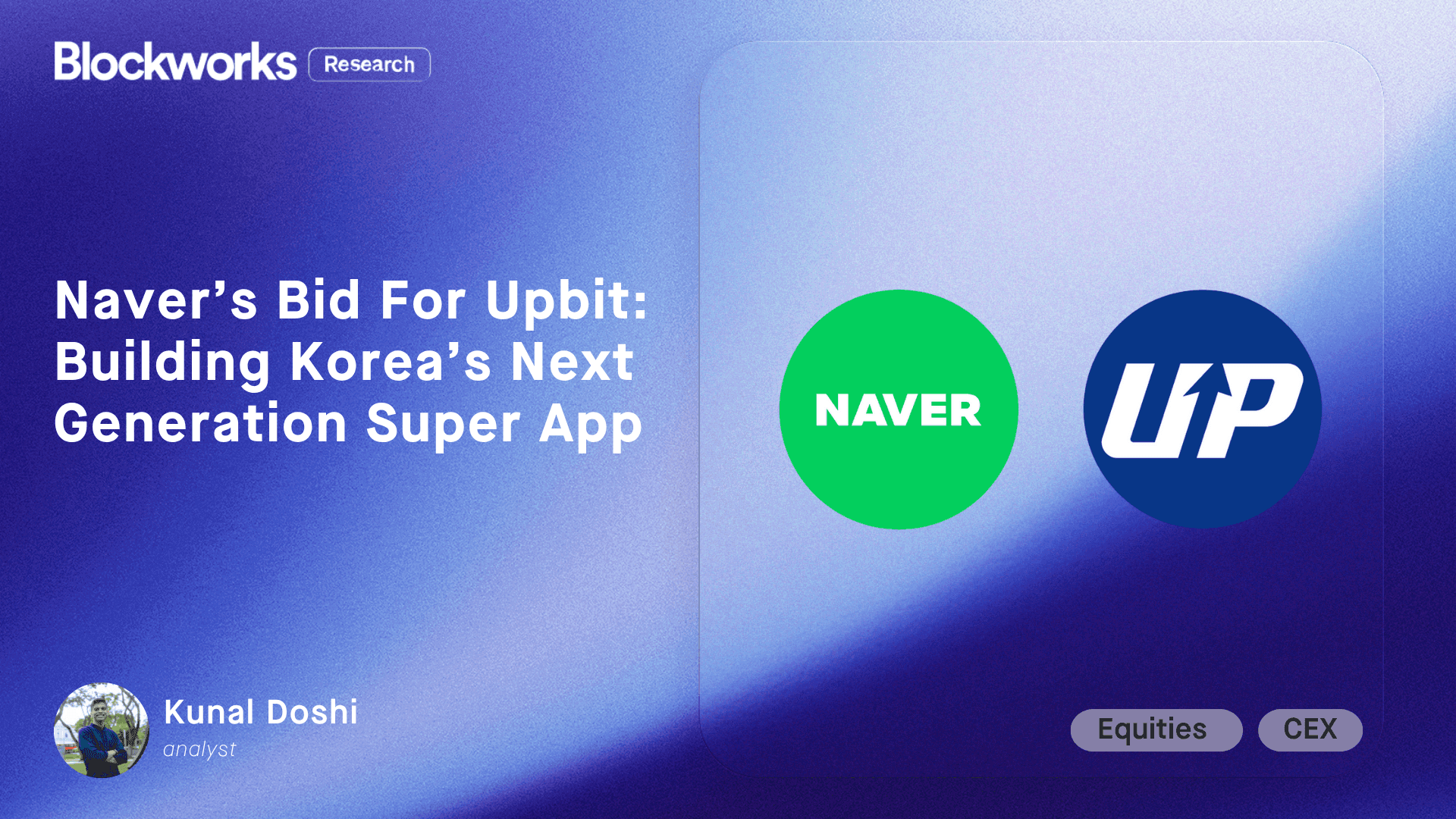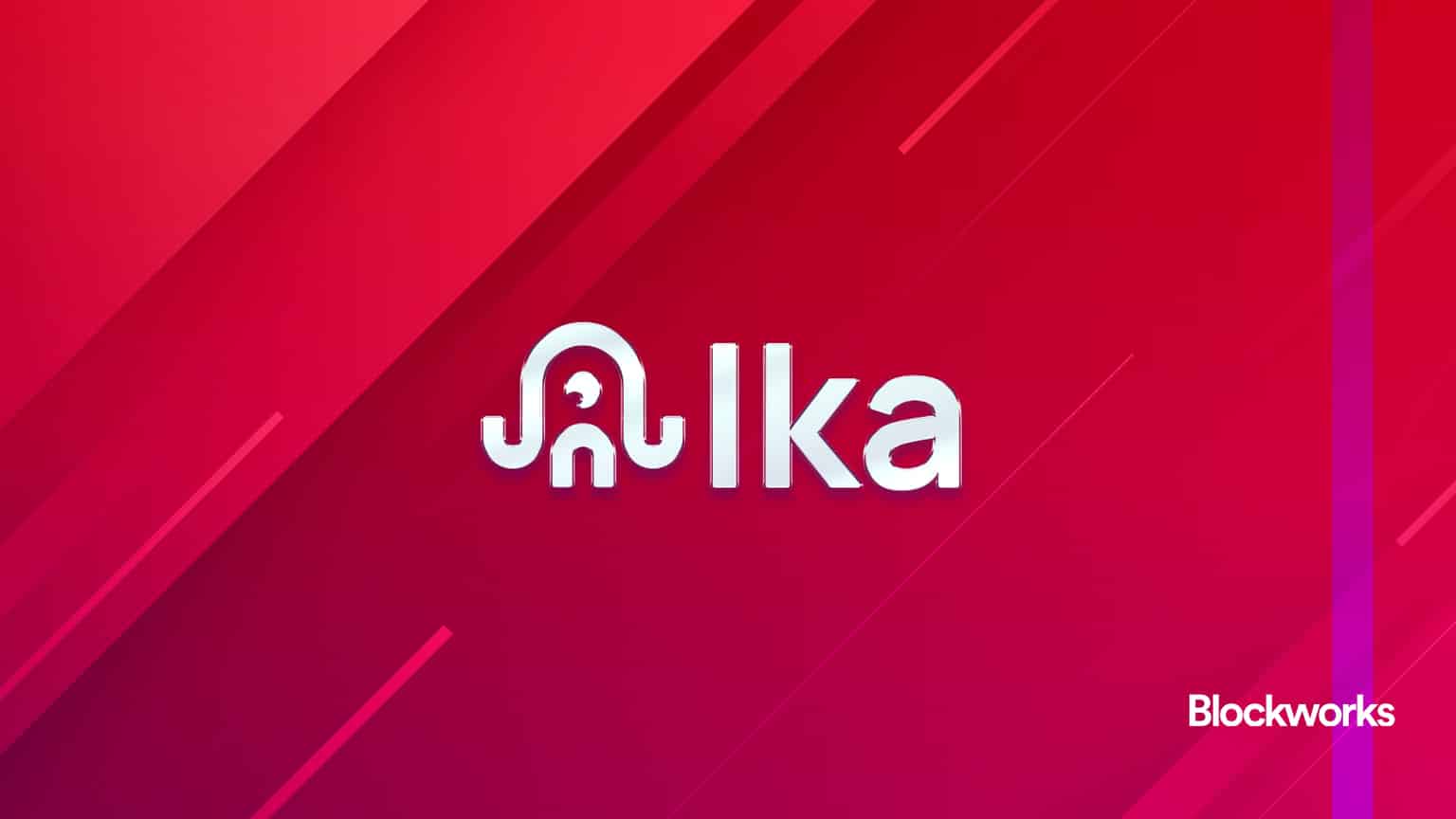What Jesse Pollak would’ve done differently in launching ‘Base is for everyone’
Base’s Jesse Pollak spoke to Blockworks about his bullish case for content coins and how he’s approaching a real-time learning curve

Base and Adobe stock modified by Blockworks
This is a segment from the Empire newsletter. To read full editions, subscribe.
Since last week, Base’s Jesse Pollak has been very busy posting about content coins and prompting folks in his replies to coin everything, though that’s come with some mixed results.
Before we get into Pollak’s bullish thought process, I asked him about the now-deleted post promoting an image of a girl from Hinge being coined. The image was a screenshot taken from the dating site, and it’s unclear if the girl consented to the image being not only used on social media but also being put onchain. Even if consent was given, however, it’s against Hinge’s terms of service.
“I want to clearly apologize for this post. I shouldn’t have posted it or amplified it. I heard the feedback loud and clear, which is why I quickly apologized and deleted the post,” he explained.
For Pollak, this process has required a learning curve in real time. He told me the goal was to experiment in public and lead by example, hence Base’s launch of “Base is for everyone” last week. He added that he was prepared for some backlash, but he’s hyper-focused on bringing a billion folks onchain, which will require some trial and error.
“That said, in retrospect, one thing I would have done differently is added more context to the Base handle initial post. I had been talking about this for a few weeks on my personal handle, and we included a disclaimer on the Zora post itself, but it wasn’t enough. We could have done more here,” he said.
While oversaturation is a concern I’ve heard from folks around the industry, Pollak dismissed it.
“The truth is that you want basically infinite content, because that lets you sort and filter through to find the world-class stuff,” he said. “One of the reasons I am continually coining content is to lead by example here. If this is a normal, everyday thing, then the expectations around each individual piece of content are also normalized.”
As for the great debate of content coins vs. memecoins, Pollak says that the expectations for memecoins are centered around the overall value and curating a community. On the other hand, “people should have no expectations around the value or utility of any single content coin,” in Pollak’s opinion.
“A content coin is a singular piece of content, and the market is free to decide on the value of that content,” he added, citing a bowl of granola he coined that has a current value of $3,500.
“I’m not doing anything to create a community around this piece of content. I’m not promoting it over the long term, I’m not making a Telegram group, and I’m not turning my photo of granola into a project with ongoing support. I’m just coining a photo of my granola, and then moving on to something else.”
Pollak dismissed the criticism around Base leaning into Zora, noting that Base has been “continually posting on Zora for two years.”
“No one from the Zora team knew about the ‘Base is for everyone’ post in advance, and this was not a coordinated marketing effort,” he explained.
There were some other tidbits from Pollak that I wanted to cover.
Specifically, I wanted to hone in on the potential for content coins to generate more value for Base, and the idea that maybe this is Base’s solution to pump.fun, the infamous Solana memecoin platform.
“I have a lot of respect for the Solana team – they’ve done a lot to onboard people into crypto, and I’m glad to see that. We’re looking to grow the pie, not just compete for the existing pie,” Pollak said. “You don’t need to understand anything about crypto or the underlying infrastructure to post on Zora. Creators can just post their content, start earning, and experience the benefits of onchain social firsthand.”
One thing that I’ve struggled with is the audience for content coins. Pollak, being as bullish as he is, thinks this is a broad way to onboard folks.
He breaks the consumers into two buckets: The first are collectors engaging with content coins for fun and looking to earn a participation trophy for being onchain. Then there are the traders who aim to utilize this newer segment to turn a profit. We’ve clearly seen the rise of the latter thanks to memecoins, but it feels as though the former has been adrift for a while, at least since the popularity of NFTs dropped off.
“We think content coins can help all three segments: creators, collectors, and traders by bringing more content and value onchain,” he explained.
As with all of crypto, the big test will be how long the hype lasts. Memecoins, despite their success, couldn’t even withstand the changing tides. While there’s a decent possibility of success, I’m always wary of the fickle approach crypto takes to narratives.
Get the news in your inbox. Explore Blockworks newsletters:
- The Breakdown: Decoding crypto and the markets. Daily.
- 0xResearch: Alpha in your inbox. Think like an analyst.
- Empire: Crypto news and analysis to start your day.
- Forward Guidance: The intersection of crypto, macro and policy.
- The Drop: Apps, games, memes and more.
- Lightspeed: All things Solana.
- Supply Shock: Bitcoin, bitcoin, bitcoin.






